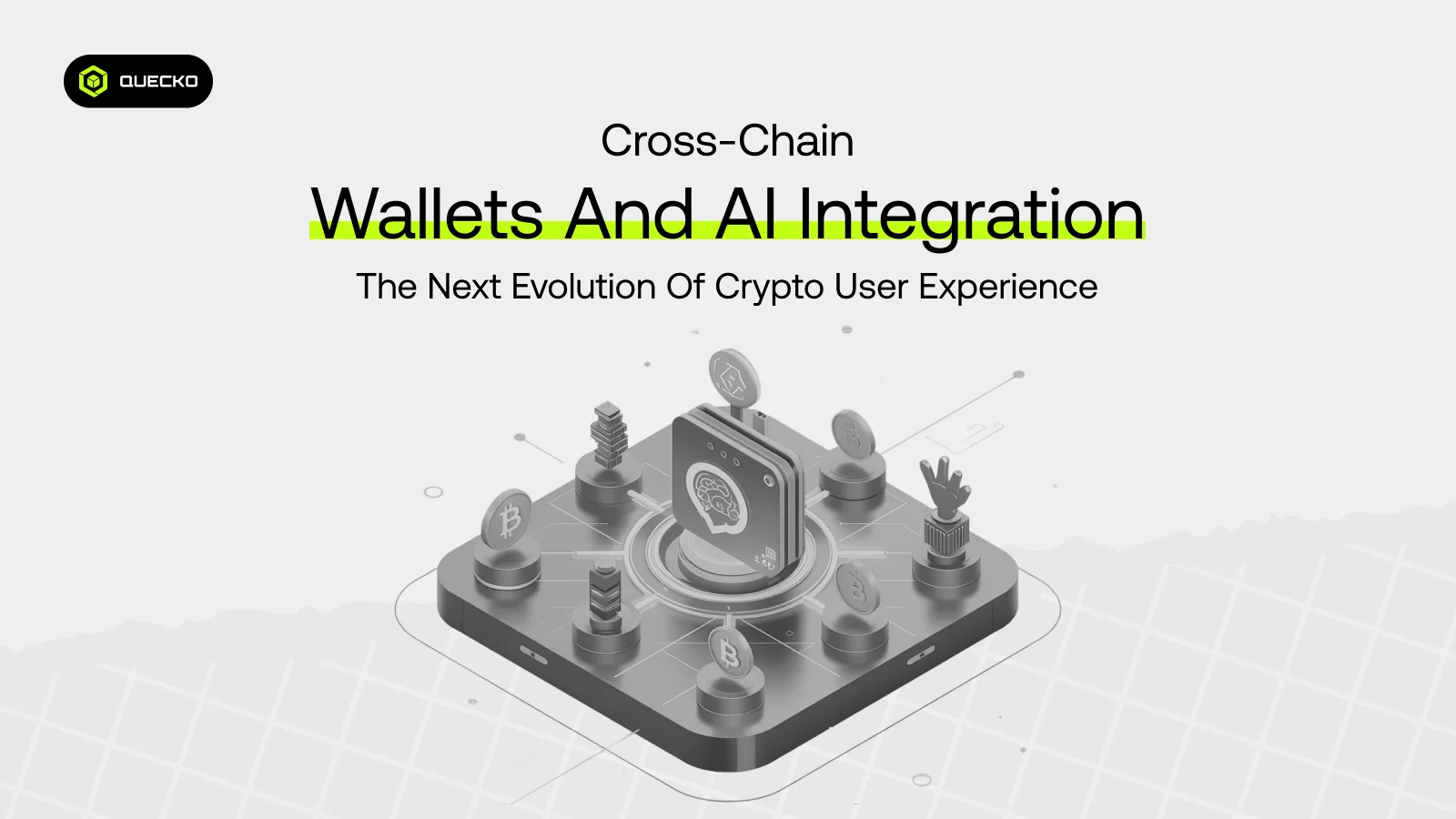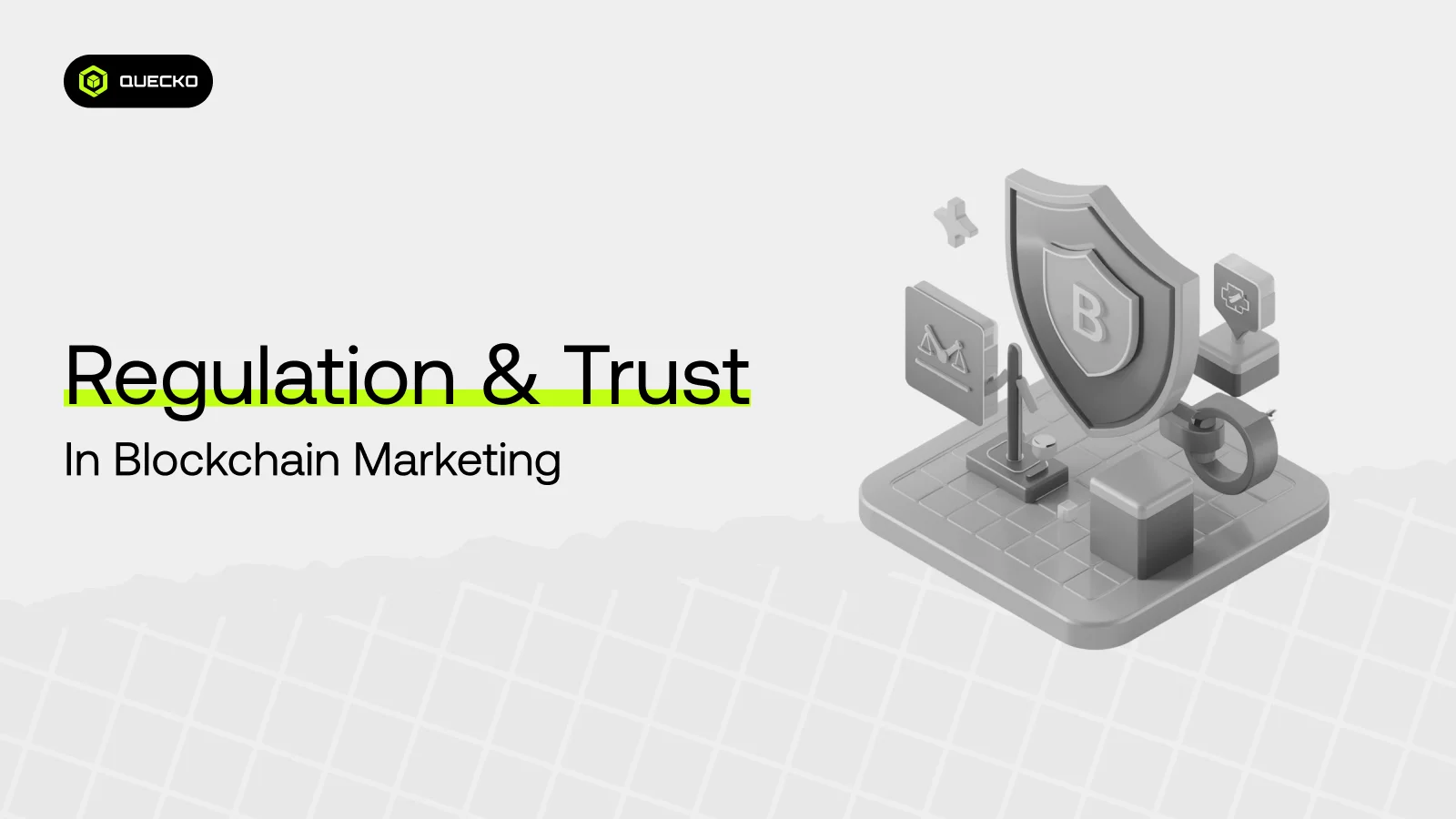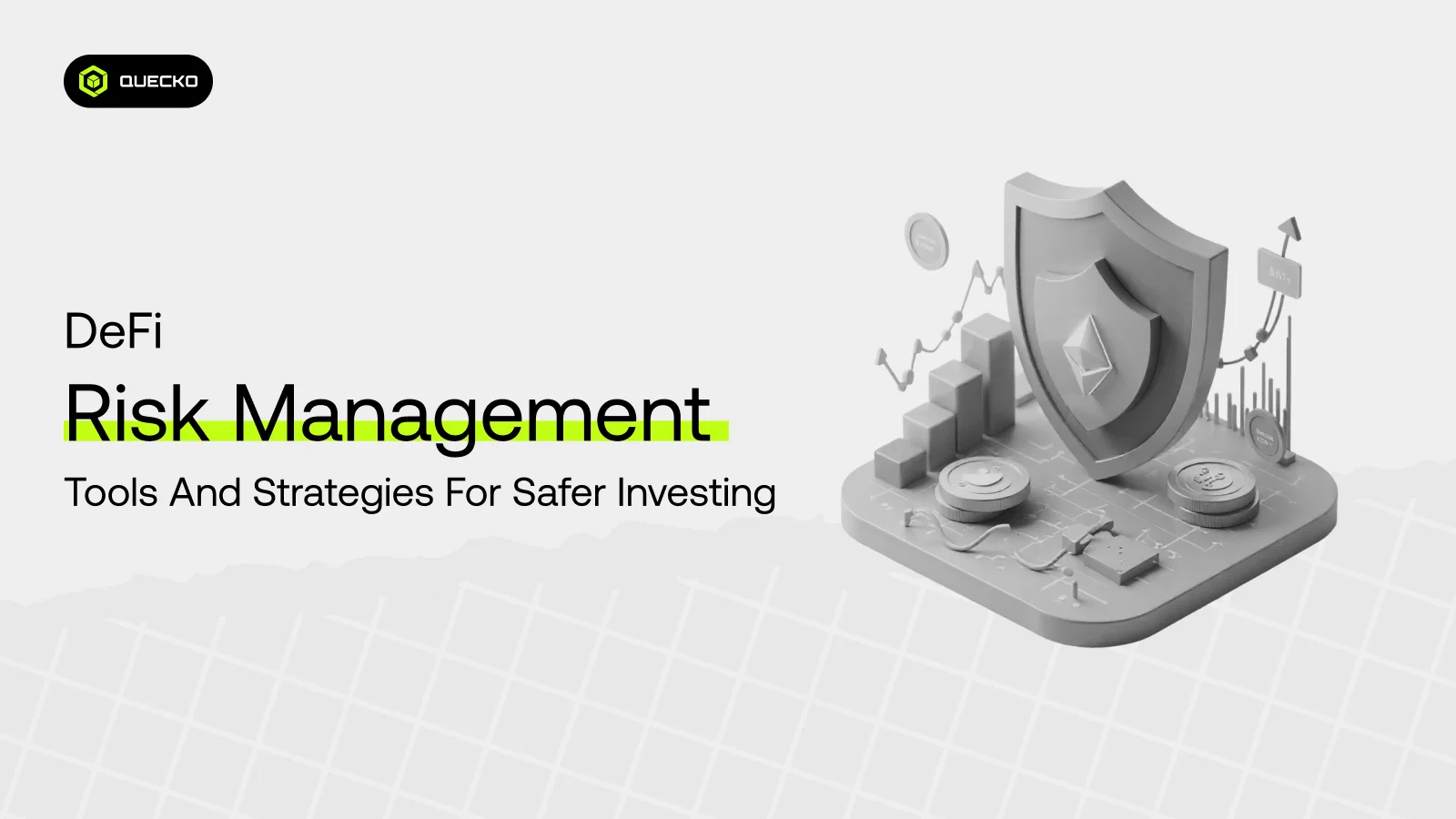Web3 Super Apps: The Next Generation of All-in-One Blockchain Platforms
Discover how Web3 super apps combine DeFi, NFTs, & more into all-in-one blockchain platforms, the future of decentralized digital life.
Web3 is amazing, but it can also be overwhelming. The tech is powerful yet using DeFi, NFTs, and dApps still feels like juggling too many tools at once. At Quecko, we’ve seen its evolution from DeFi to NFTs and DAOs yet one thing is clear: it’s still too fragmented, with too many wallets, networks, and barriers for users.
That’s why we believe the next major leap forward won’t be another chain or protocol.
It will be Web3 Super Apps, unified, intelligent platforms that bring everything together under one decentralized ecosystem.
The Web3 Paradox
Web3’s strength lies in its openness. Anyone can build. Anyone can innovate.
But this freedom also creates chaos. Users are forced to juggle:
- Multiple wallets across blockchains
- Complex DeFi dashboards
- Separate tools for NFTs, identity, and storage
- Risky bridges just to move tokens.
It’s no surprise many still rely on centralized exchanges, not because they want to, but because they’re simple.
We see this as the core paradox: the decentralized future must be simplified before it can be adopted.
That’s where Web3 Super Apps come in.
Why Web3 Super Apps Matter
For Quecko, a Web3 Super App represents true interoperability, not just between blockchains, but between experiences.
It’s where your wallet, identity, finance, and community live together seamlessly, with full ownership and privacy.
Here’s what that means in practice:
1. One Unified DeFi Hub
Trade, lend, stake, and farm across chains without leaving the app.
2. Decentralized Identity
Use your DID or wallet to verify credentials without giving up control of your data.
3. SocialFi Integration
Engage with communities, creators, and DAOs in tokenized social environments where everyone earns.
4. Decentralized Storage
Keep files, NFTs, and assets secure, censorship-resistant, and permanently accessible.
5. Fiat–Crypto Bridges
Move seamlessly between credit cards, stablecoins, and wallets the way finance should work.
In short, Web3 Super Apps combine Web2 convenience with Web3 ownership, and that’s exactly the balance the industry has been missing.
Understanding the Web3 Super App Paradigm
Before we go deeper, let’s define what a Web3 Super App really is.
It’s not just a collection of tools. It’s an ecosystem, one that connects finance, identity, data, and community through smart contracts, cross-chain infrastructure, and user-first design.
What Defines a Web3 Super App
- Decentralization: Built on trustless networks, not corporate servers.
- User Ownership: You own your identity, data, and assets.
- Interoperability: Assets move freely across ecosystems using advanced cryptography and cross-chain protocols.
Unlike Web2 super apps like WeChat or X, Web3 Super Apps aren’t centralized. They’re governed by communities, powered by DAOs, and aligned with users, not corporations.
Inside the Architecture of a Super App
At Quecko, when we help projects design Web3 Super Apps, we look at four essential layers:
1. Financial Layer (DeFi Hub)
All financial utilities, including trading, staking, and lending, connect in one interface, with real-time analytics and smart contract automation.
2. Identity Layer
DIDs, biometrics, and social recovery combine to make wallets human-friendly without losing sovereignty.
3. Social Layer
A native SocialFi system enables interaction, engagement, and monetization, allowing communities to thrive on shared value.
4. Infrastructure Layer
Underneath it all lies decentralized storage, oracles, and cross-chain connectivity, ensuring resilience, uptime, and scalability.
The Tech Stack Behind Super Apps
We’ve seen firsthand that the choice of technology defines scalability.
Smart Contract Layer
Using EVM-compatible and modular frameworks, such as Cosmos SDK, developers can build composable dApps that run efficiently across multiple networks.
Interoperability Frameworks
Cross-chain protocols and multi-party computation (MPC) eliminate the need for risky bridges, letting users move assets with minimal friction.
Decentralized Infrastructure
Reliable oracles and data feeds are essential for automation, transparency, and seamless integration in real-world applications from finance to gaming.
This layered approach is how we at Quecko help partners create scalable, secure, and future-ready ecosystems.
Bridging the Gap to Mainstream Adoption
All the tech is useless if the UX sucks. Here’s how super apps make onboarding and usage friendlier.
Intuitive Design and Streamlined Interfaces
Design matters. Dashboards should be simple, onboarding should be smooth, and navigation should be obvious. Hide the complexity unless the power user wants it.
Simplified Wallet Management and Onboarding
I don’t want to nag users about seed phrases on day one. Social recovery, multisig, and key-management tools help non-technical people get started safely.
Seamless On/Off-Ramps for Fiat and Crypto
Card payments, KYC-friendly fiat rails, and regulated on- and off-ramps remove friction. Users should be able to buy crypto or cash out using familiar methods without trusting some opaque middleman.
Multi-party Computation and Abstracted Complexity
Let the app handle cryptography complexity with MPC and smart UX: abstract gas fees, manage signing flows, and let people act without needing a PhD in cryptography.
Security and Privacy by Design
Security isn’t an add-on; it’s a foundation.
We build decentralized ecosystems that utilize multi-signature wallets, AI security layers, and DAO governance to protect both assets and identities.
And with zero-knowledge proofs and encrypted data layers, privacy becomes programmable, not optional.
This is how trust scales in a decentralized world.
The Role of Artificial Intelligence in Web3 Super Apps
AI isn’t just a bonus; it’s the key to scaling personalization, automation, and security.
Enhancing Personalization and User Journeys
AI can tailor dashboards and suggest actions, making the app feel like it was designed just for you. No more generic menus that overwhelm.
Automated DeFi Strategies and Intelligent Trading Assistants
I’d love an assistant who helps rebalance yields, hedge risks, or suggest strategy changes based on market conditions. Automation that respects your risk profile, which results in less friction.
Proactive Security Monitoring and Threat Detection
AI can identify unusual patterns, block phishing attempts, and take action before issues arise. That proactive protection is huge for mainstream trust.
AI-Powered Content Curation and SocialFi Enhancements
In SocialFi, AI can filter spam, recommend the right communities, and surface the content that matters. It’s community curation at scale.
Conclusion
Quecko truly believes the future isn’t a million disconnected wallets and dApps. It’s a set of Web3 super apps, single places where you can manage money, identity, social life, and storage without the usual pain.
These apps won’t be clones of Big Tech; they’ll be community-governed, privacy-first, and interoperable. Combine that with AI, robust security, and smooth fiat rails, and we get something that actually competes with Web2 experiences.
Connect with us today to start building your Super App ecosystem.
Date
19 days agoShare on
Related Blogs

The Future of Web3 UX Is Here: AI Meets Cross-Chain Wallets
4 days ago

Why Regulation Could Be Blockchain Marketing’s Secret Weapon
5 days ago

DeFi Risk Management: Tools and Strategies for Safer Investing
7 days ago

The Rise of Layer-2 Gaming Economies: Faster, Cheaper
11 days ago







